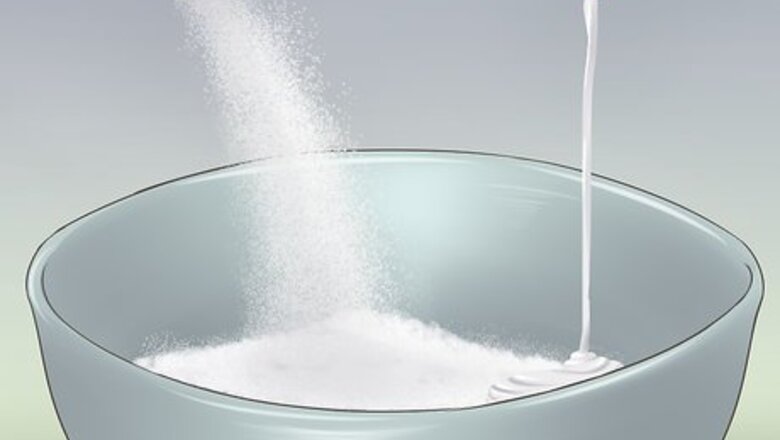
views
Using a Microwave
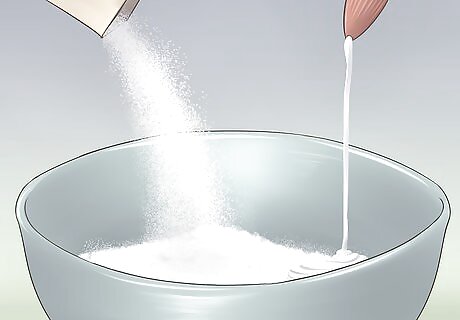
Mix together 1 cup (125 grams) cornstarch and 1 cup (240 mL) white glue. Use a microwave safe bowl.
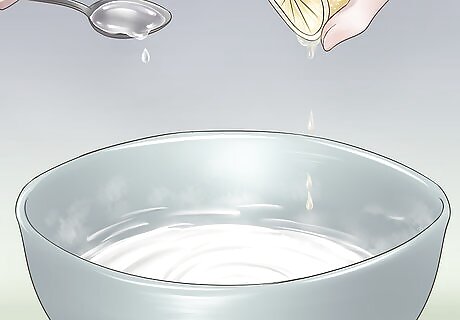
Mix in 2 Tbsp (30 mL) baby oil and 2 Tbsp (30 mL) lemon juice. Alternatives are listed in the ingredients section. Keep mixing until there are no lumps present. Lemon juice is not vital for consistency but is strongly recommended as it inhibits the growth of mold.

Alternate 15-second intervals in the microwave with more stirring. Microwave it for 15 seconds at a time, taking it out to stir in between. Depending on the power of your microwave, this should take somewhere between three and nine 15-second intervals. The mixture will form clumps as it cooks. Try to stir in as many of these as possible between microwaving. The mixture is ready when it is sticky and very clumpy. This will be easier to judge once you see how your first attempt ends up. It's better to make an undercooked batch than an overcooked one, since the former is easier to salvage.

Put lotion on your hands and a clean kneading surface. This will prevent sticking. Feel free to prepare the work surface during the microwave intervals.
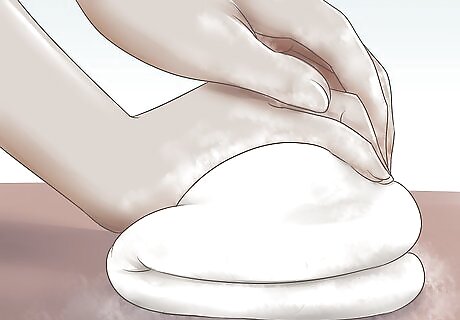
Knead the mixture until it cools down. Immediately remove the hot dough-like mixture from the bowl and begin kneading it. It will usually take 10 to 15 minutes for the mix to cool to room temperature. Knead the mix for this entire period.
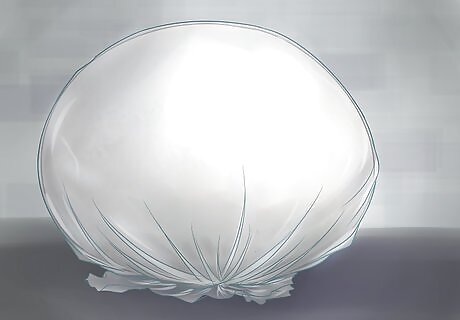
Wrap the mix tightly and let rest 24 hours. Use plastic wrap to make an airtight seal around the cold porcelain mix. Store it in a cool, dry place for 24 hours. You can coat the plastic wrap with lotion to prevent sticking. To make an easy airtight wrap, shape the mix into a log and roll the plastic wrap around it. Twist each end. The refrigerator is a fine place to store the mix, but any location out of direct sunlight, heat, and moisture is fine.

Check consistency. After a day of rest, remove the cold porcelain and see how it turned out. It should now be ready to use. Take a piece of the cold porcelain and tear it apart gently. A well made batch will form teardrop shapes as it stretches and breaks. If the inside of the clay feels sticky, knead in additional corn starch. If the cold porcelain is brittle or dry, it was probably overcooked. You can try adding a little more oil, or make an undercooked batch and knead the two together afterward.
Using a Stovetop
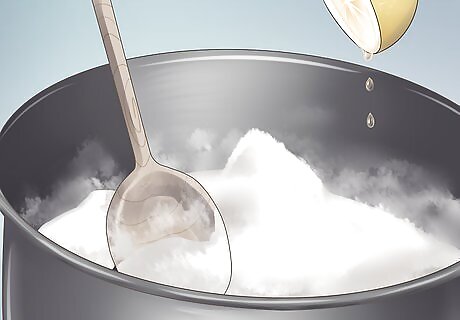
Mix the ingredients in a saucepan. Combine 1 cup (125 grams) cornstarch or cornflour, 1 cup (240 mL) white glue, 2 Tbsp (30 mL) olive oil, and 2 Tbsp lemon juice.
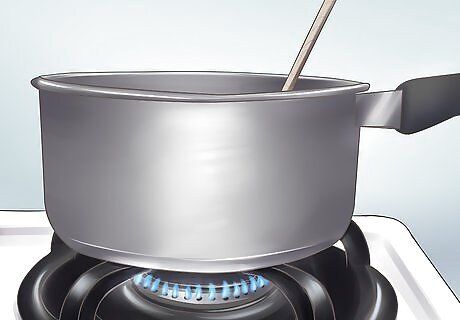
Stir over low heat for 10-15 minutes.Remove the mixture from the heat once it starts pulling away from the side of the pan. It should look similar to ricotta cheese when finished.
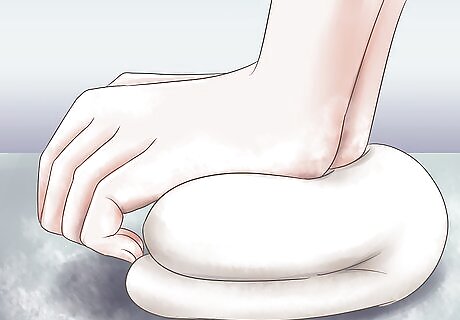
Knead until the mixture cools. Wait until it cools down enough to handle it, then knead continually until it reaches room temperature.
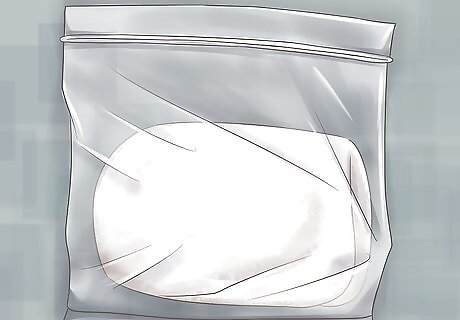
Store in an airtight container. Using a ziploc bag or plastic wrap, store the mix in a cool, dry location away from direct sunlight.
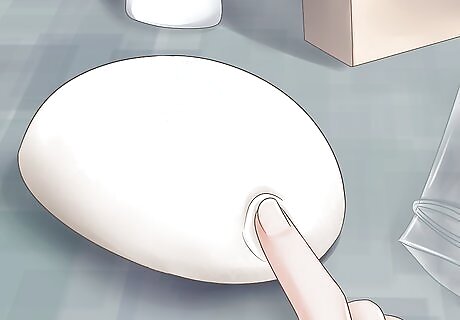
Use after waiting for 24 hours. After that point you can adjust the consistency by kneading in additional oil or cornstarch to correct overly brittle or sticky dough (respectively).
Sculpting with Cold Porcelain

Knead in acrylic or oil paint. If you'd like to make a colored porcelain, knead the color of your choice in thoroughly before you begin. You can add paint during the initial kneading while making the cold porcelain, but this will reduce its shelf life.
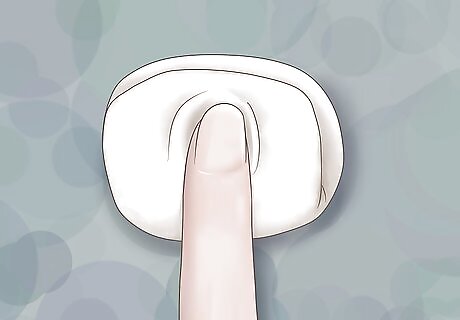
Knead each piece before you shape it. Every time you use a new piece of clay, knead it first to increase its elasticity.
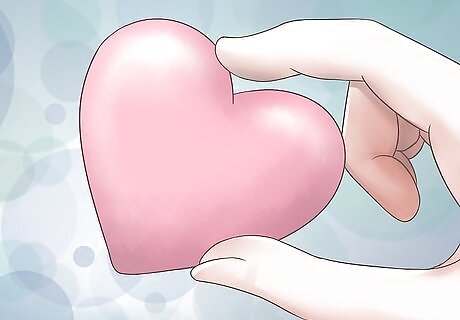
Shape the clay into the desired shape. Well made, kneaded cold porcelain should be easy to sculpt and capable of forming delicate designs.
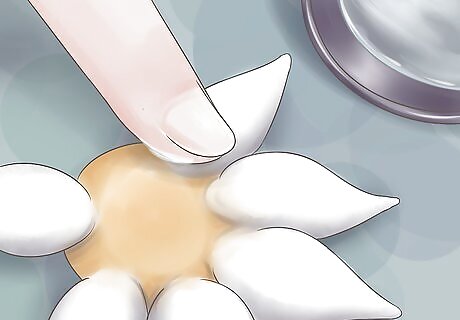
Attach pieces using water. To attach two wet pieces of cold porcelain, press them together and smooth over the joint with a wet finger. Dry pieces can be glued together using ordinary white glue.
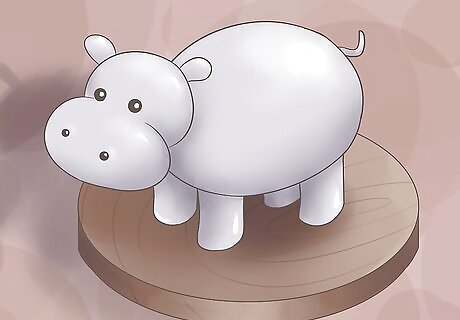
Use a base for large pieces. Cold porcelain shrinks significantly as it dries, and a large piece may not dry sufficiently all the way through. Instead, cover a different material with a layer of the clay.
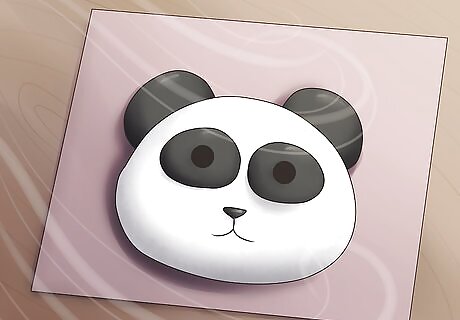
Leave the result to dry. Cold porcelain requires no additional cooking and will harden simply when exposed to air. How long this takes depends greatly on the size of your sculpture, the temperature, and the humidity of the air. Keep checking until it is hard.
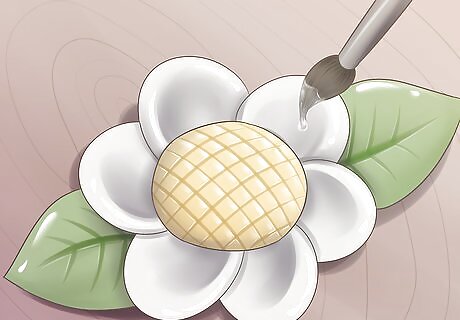
Seal your sculpture. Without a seal, your cold porcelain art will be vulnerable to "melting" in heat or water, although you should still keep sealed art in a cool dry place when possible. There are many types of sealant and lacquers intended for clay, with various glossy or matte finishes. Clear acrylic sealer is a simple transparent option. There are several types of clay. You should decide whether you want to make pots or sculptures with the clay. The same clay may not be appropriate for working on the wheel and making sculptures. Then find an appropriate formula for making clay from the ceramics magazine.




















Comments
0 comment